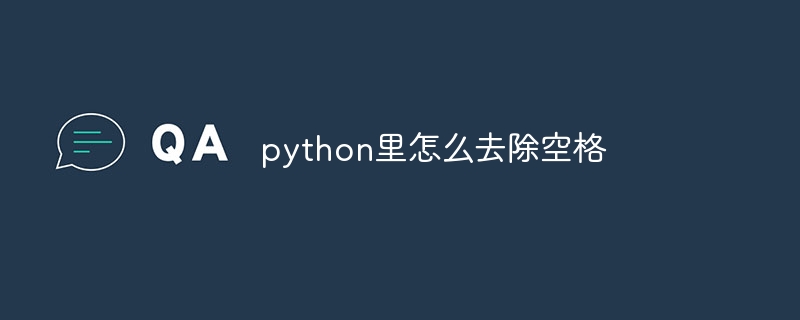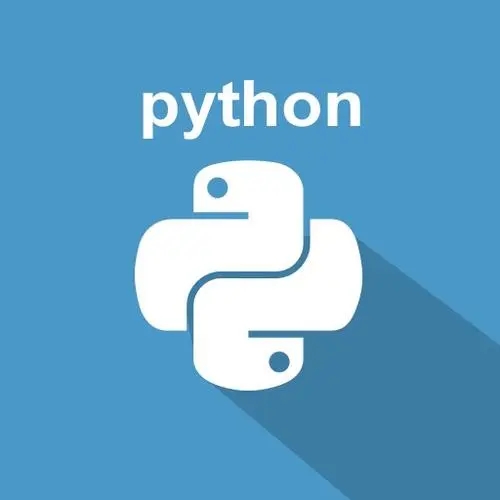Python 中去除空格的方法有三种:使用 strip() 方法去除开头和结尾空格;使用 replace() 方法替换所有空格为空字符串;利用正则表达式匹配和替换空格。

如何在 Python 中去除空格
空格是 Python 字符串中常见的问题。它们可能会导致程序出现意外的行为,因此至关重要的是知道如何去除它们。
使用 strip() 方法
最简单的方法是使用内置的 strip() 方法。此方法将从字符串的开头和结尾删除所有空格。
立即学习“Python免费学习笔记(深入)”;
my_string = " Example with spaces " stripped_string = my_string.strip() print(stripped_string) # 输出: Example with spaces
使用 replace() 方法
另一种方法是使用 replace() 方法。此方法将字符串中的所有空格替换为空字符串。
my_string = " Example with spaces "
stripped_string = my_string.replace(" ", "")
print(stripped_string) # 输出: Examplewithspaces使用正则表达式
正则表达式可以用来匹配和替换空格。以下正则表达式将匹配任何数量的空格:
import re
my_string = " Example with spaces "
stripped_string = re.sub(" +", "", my_string)
print(stripped_string) # 输出: Examplewithspaces选择哪种方法
在大多数情况下,strip() 方法是去除空格的最快捷、最简单的选择。但是,如果您需要更精细的控制,则可以使用 replace() 方法或正则表达式。
以上就是python里怎么去除空格的详细内容,更多请关注php中文网其它相关文章!

python怎么学习?python怎么入门?python在哪学?python怎么学才快?不用担心,这里为大家提供了python速学教程(入门到精通),有需要的小伙伴保存下载就能学习啦!

Copyright 2014-2025 https://www.php.cn/ All Rights Reserved | php.cn | 湘ICP备2023035733号